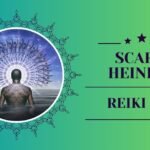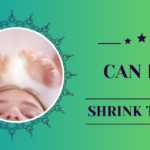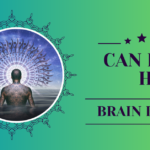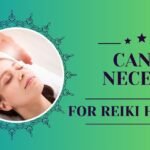In the quest for well-being, many are exploring alternative therapies that go beyond treating physical symptoms, focusing on the holistic human experience. Reiki, a practice that has gained popularity for its ability to balance the body’s energy fields, offers a path to healing and relaxation.
This comprehensive post delves into the origins, principles, and incredible benefits of Reiki, highlighting its significance in improving mental, physical, and spiritual health.
Discover how Reiki School India can be your gateway to mastering this therapeutic practice. Interested in harnessing the power of Reiki for yourself? Book our course today and embark on a transformative journey with Reiki School India.
Introduction to Reiki Healing Therapy: Explaining the Basics
Imagine a touch so gentle that it seems to lift the weight of the world off your shoulders, releasing the knots of tension you didn’t even know you held. That is the essence of Reiki. In essence, Reiki is a Japanese healing technique that employs the channeling of universal life energy to promote relaxation and reduce stress, thereby facilitating the body’s natural ability to heal itself physically and emotionally.
Reiki, a compound word derived from rei, meaning “universal life,” and ki, meaning “energy,” is more than a therapy; it’s a philosophy that advocates for balance and harmony in all aspects of life.
What is Reiki healing therapy used for?
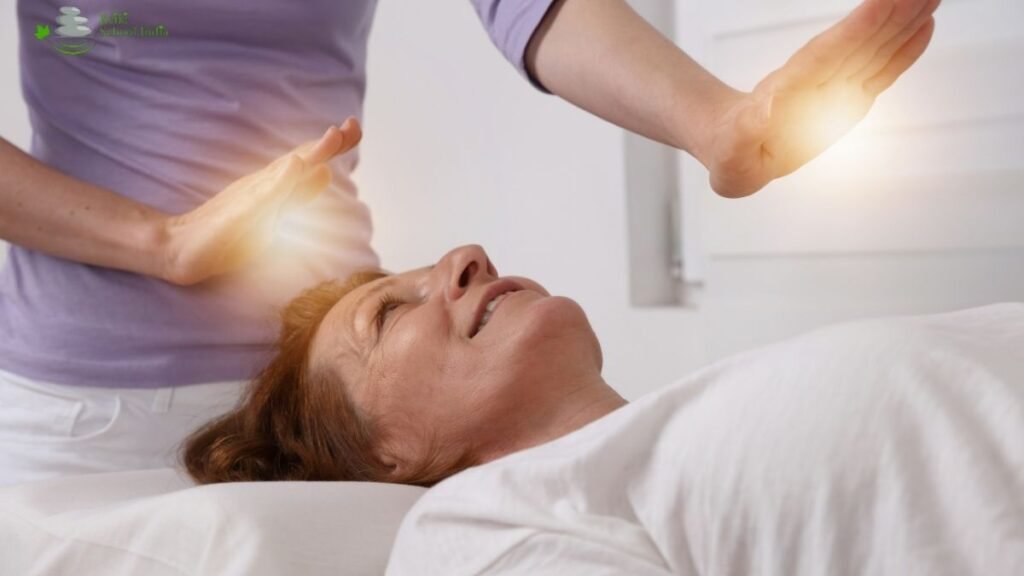
Reiki therapy is employed as a holistic healing method that aims to enhance overall wellness and balance in individuals. It is used to alleviate various physical, mental, and emotional conditions, including stress, anxiety, depression, pain, and chronic illnesses. Additionally, Reiki is sought for promoting relaxation, improving sleep, and supporting personal growth and spiritual healing.
How does the Reiki healing Therapy work?
Reiki healing Therapy works on the principle of energy transfer. A trained Reiki practitioner channels universal life force energy through their hands and directs it to the recipient. This energy transfer is thought to reactivate the body’s natural healing processes to restore physical and emotional well-being.
The practice is based on the belief that everyone has the ability to connect with their own healing energy and use it to strengthen energy in themselves and help others.
What is the Reiki healing Therapy method?
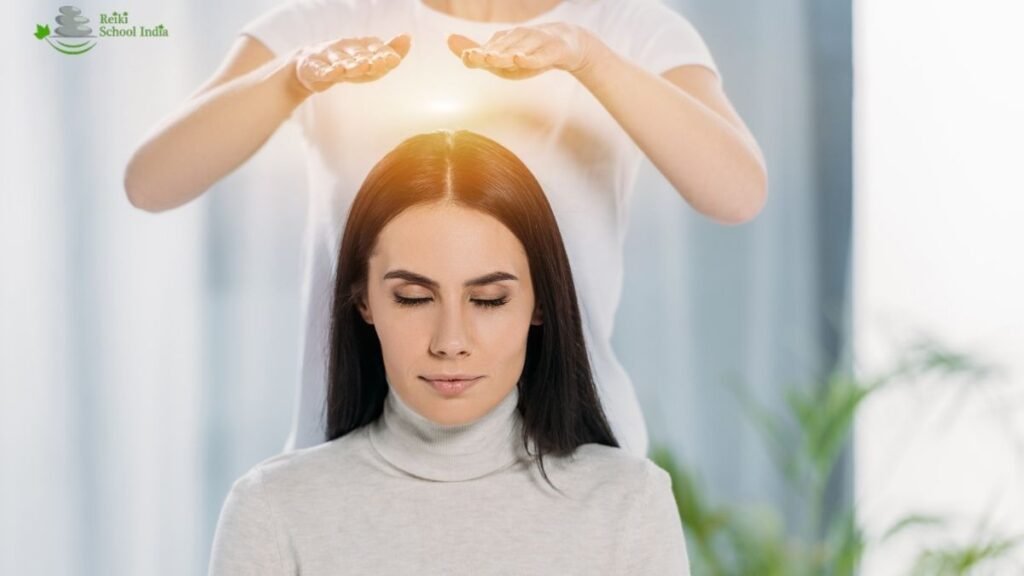
The Reiki healing Therapy method is a gentle, non-invasive practice that involves the practitioner placing their hands lightly on or just above the recipient’s body in various positions. Each position is held for several minutes, allowing the transfer of energy to specific areas that need healing.
This method is grounded in the belief that the body is capable of healing itself and requires energy balance to do so effectively. Reiki practitioners may also use visualization techniques and Reiki symbols to enhance the flow and intensity of the healing energy.
What are the benefits of Reiki healing Therapy?
Reiki healing Therapy offers numerous benefits that contribute to a person’s overall well-being. These benefits include but are not limited to:
- Stress reduction and relaxation: Reiki helps in lowering stress levels, promoting deep relaxation.
- Pain relief and physical healing: It can alleviate pain and aid in the healing of a wide range of conditions and injuries.
- Improved emotional and mental clarity: Reiki is known to clear emotional blockages and enhance mental clarity and peace.
- Increased energy and vitality: Individuals often experience an increase in energy and overall vitality following Reiki sessions.
- Spiritual growth and emotional cleansing: Many receive Reiki for personal growth and to enhance their spiritual connection. It can also help in releasing emotional baggage.
- Complementary to medical treatment: Reiki supports and complements medical treatments, helping to reduce side effects, accelerate recovery, and improve patient outlook.
How do I prepare for a Reiki session?
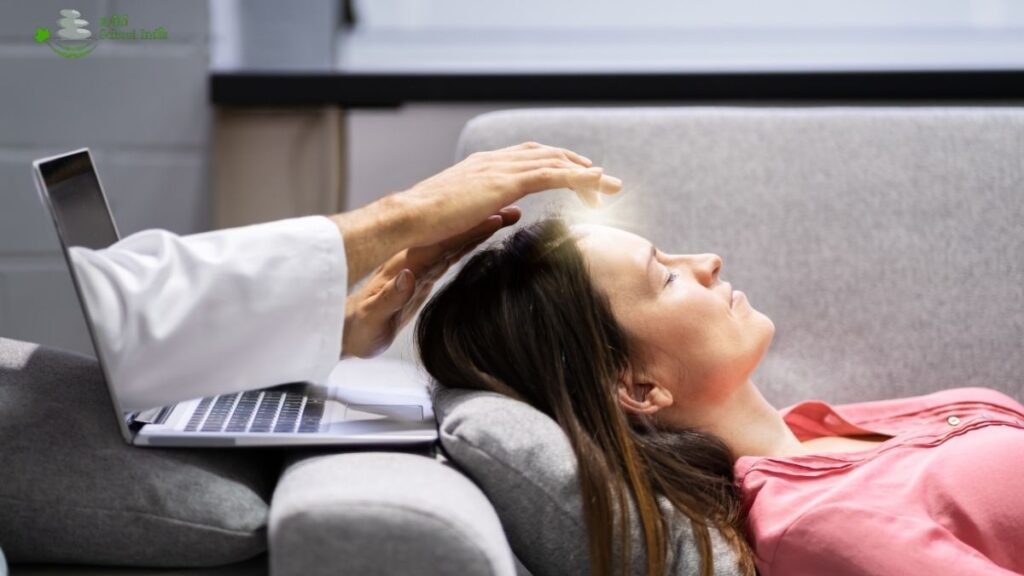
Preparing for a Reiki session is simple. Dress in comfortable clothes and try to arrive in a relaxed state. Consider reflecting on any areas of your life or body you feel need healing or intention.
It’s helpful to have an open mind and heart, which can enhance the flow of energy and its impact. Drinking water before and after the session is also recommended to help facilitate the detoxification process.
The History and Origins of Reiki
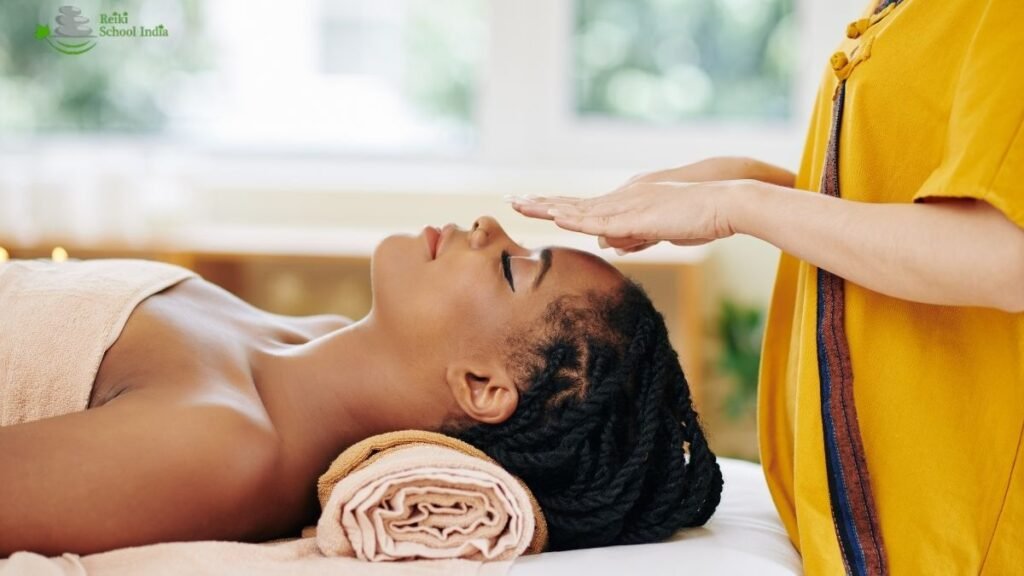
The origins of Reiki can be traced back to the early 20th century in Japan, with its founder, Mikao Usui. A scholar of both theology and medicine, Usui experienced a revelatory spiritual awakening on Mount Kurama, leading him to develop the practice of Reiki.
The history of Reiki intertwines with various ancient healing traditions, including Tibetan Buddhist practices and Tendai Buddhism. This section will provide a deep dive into the life of Usui, the historic narratives that shaped Reiki, and the dissemination of the practice globally.
Understanding the Principles of Reiki
Central to the practice of Reiki are the Five Reiki Principles, or Gokai, which serve as moral and spiritual guidelines for mindful living and healing. These principles—Just for today, I will not be angry, I will not worry, I will be grateful, I will do my work honestly, and I will treat every living thing with kindness—are not just affirmations but anchors that keep the Reiki practitioner grounded in a state of compassion, gratitude, and selflessness.
The Benefits of Reiki Healing Therapy
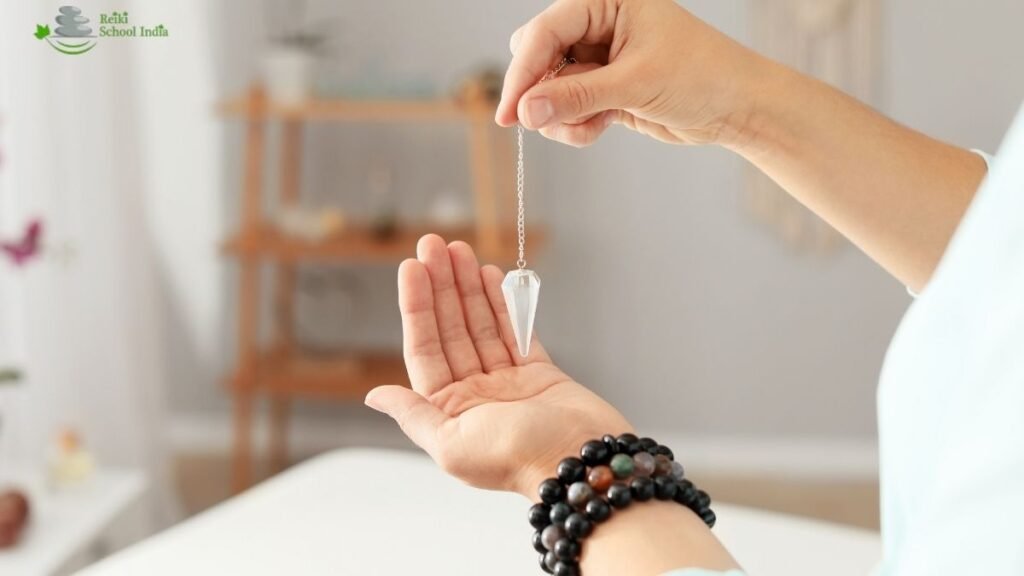
There is an increasing body of evidence and a myriad of personal anecdotes that attest to the manifold benefits of Reiki therapy. From enhancing overall well-being and peace to improving sleep and managing pain.
Reiki has shown promise in various clinical settings and in the personal journeys of those who have embraced it. This section will provide a thorough breakdown of the physical, mental, and emotional benefits of Reiki, supported by scientific research and first-hand accounts.
How Reiki is Practiced: Techniques and Sessions
A Reiki session is a serene and contemplative experience where the recipient rests comfortably while the practitioner channels energy through their hands, either placing them lightly on the body or several inches above.
The techniques of Reiki, such as the hand positions and symbols, are taught through a lineage of Reiki Masters and can be tailored to the individual’s needs. Here, we’ll go into detail on these practices, as well as what individuals can expect from a typical Reiki session.
Real-life Experiences and Testimonials
No discussion of Reiki is complete without the voices of those who have been touched by it, quite literally. Real-life experiences and testimonials will be woven throughout this post, giving readers a glimpse into how Reiki has made a difference in the lives of its practitioners and recipients. These stories will serve as powerful affirmations of Reiki’s capacity to improve individual health, harmonize relationships, and even transform life paths.
Debunking Myths about Reiki
In the realm of alternative therapies, misinformation can sometimes overshadow the real benefits. This section will tackle head-on some common myths about Reiki, providing readers with clear, evidence-based information that will dispel any misconceptions and offer an accurate understanding of what Reiki truly is and isn’t.
How to Find a Reputable Reiki Practitioner
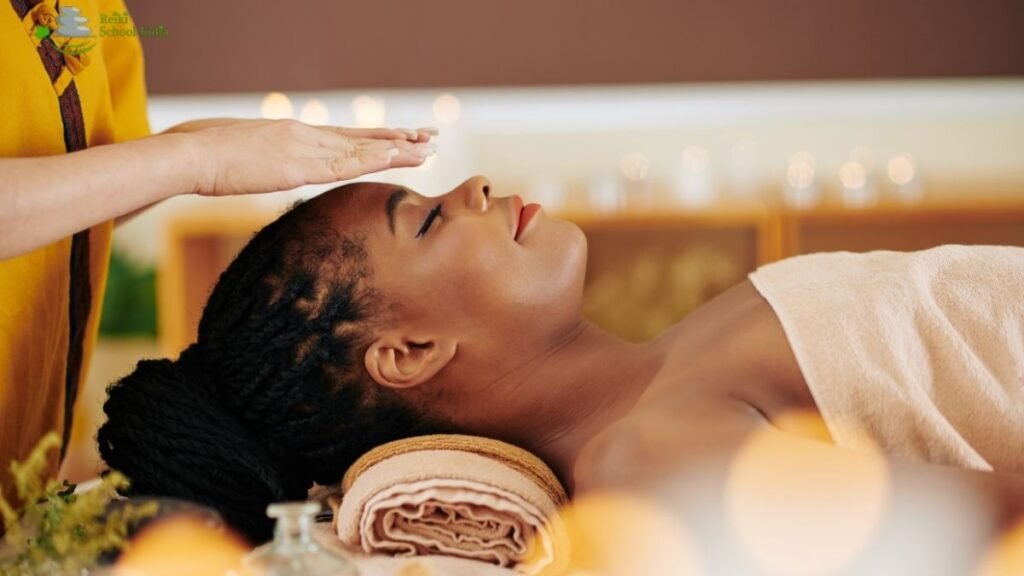
Finding the right Reiki practitioner is crucial for a positive and effective experience. This section will provide practical advice and guidelines on how to select a qualified and trustworthy Reiki Master or practitioner, including questions to ask, accreditations to look for, and red flags to avoid.
Integrating Reiki into Daily Life for Wellness
The practice of Reiki doesn’t end with the session; it is a way of life. Integrating Reiki into daily routines can further the benefits and create a continuous flow of healing energy. Suggestions for incorporating Reiki principles and easy self-Reiki practices will be laid out, empowering readers to cultivate their own well-being.
Conclusion:Reiki healing Therapy
What does the future hold for Reiki in a rapidly changing world? In the face of burgeoning interest in holistic approaches to health, Reiki stands as a beacon of ancient wisdom that continues to resonate with modern sensibilities. This final section will encourage readers to explore the profound impact Reiki can have on their personal wellness journeys and to contemplate the broader implications of such practices in the broader context of healthcare and healing.
As readers engage with this extensive resource, they will not only gain a comprehensive understanding of Reiki but will also be inspired to explore its potential to enrich their lives on a deeply profound level. This post will serve as a timeless guide for those who seek to understand, appreciate, and perhaps even begin their own exploration of Reiki healing therapy.
FAQs about Reiki healing Therapy
What is Reiki healing Therapy and how does it work?
Reiki is a form of alternative therapy commonly referred to as energy healing. It involves the transfer of universal energy from the practitioner’s palms to the patient. This practice is based on the idea that unseen life force energy flows through us and is what causes us to be alive. A Reiki session can help ease tension and stress and can help support the body to facilitate an environment for healing on all levels – physical, mental, and emotional.
Do I need to be ill to benefit from Reiki?
No, you do not need to be ill to benefit from Reiki. While it is often sought out by those facing health concerns, many people turn to Reiki for stress reduction, relaxation, and mental clarity. Reiki is used as a complementary therapy to improve overall well-being and is beneficial whether you’re dealing with illness or simply seeking to enhance your state of wellness.
Can Reiki healing Therapy be harmful?
Reiki is a non-invasive practice and is considered to be safe. It does not have any documented side effects and is often used alongside conventional medical treatments to help alleviate some of the treatments’ negative side effects and improve the healing process. However, it’s important to note that Reiki should not replace medical treatment but can be used as a complement to it.
How long does a Reiki healing Therapy session last?
The duration of a Reiki session can vary, but most commonly, sessions last between 60 to 90 minutes. During the session, the recipient remains fully clothed and lies on a treatment table or sits comfortably supported in a chair. It’s a personalized experience, so the length can adjust to meet the needs of the client.


